Fashion, Politics and Power: Famous Monarchs and Their Clothing
“Early in history, it was important to impress your subjects with your wealth and your bling.” Lucy Worsley, Historian
Grand, eccentric and flamboyant, Monarchs have embraced the wondrous power of fabric and clothing since medieval times. From dresses weighed down with jewels to suits covered in gold lace, theatricality and drama has defined the clothing of Monarchs for centuries, influencing the fashion of surrounding societies in the days before haute couture and celebrity. In this new series, we will look at the most ostentatious and influential royals through the ages, examining the styles, fabrics and shapes they embraced to project a god-like status to their adoring public.
One of the most notorious Kings of all time, King Henry VIII ruled England from 1509 to 1547. Known as much for having six wives as for his indulgent lifestyle, Henry Tudor spent a whopping 16,000 ducats ($3,140,000 by today’s standards) every year on clothing. Considered by the Venetian ambassador as “the handsomest potentate I ever set eyes on,” Henry enjoyed emphasising his wide, masculine frame with huge puffed, stuffed and slashed shoulders, as well as wearing lavish furs and gold necklaces, a look which was adopted by men throughout Tudor times.
Towards the end of Henry’s reign, Mary Queen of Scots became leader of Scotland in 1542, remaining until 1567. Widowed to the French Dauphin Francois from a young age, Mary spent much of her life wearing black and white assemblages, including long, black gowns, with ornate white ruffs at the neck and sleeves. In many portraits, she is also seen wearing the traditional French mourning headdress in ghostly white, made ethereal against her pale complexion. Tiny waists, square necklines, and a flattened chest typified women’s Tudor style.
In contrast with her austere Scottish rival, Queen Elizabeth I, Queen of England and Ireland from 1558 to 1603, was a great follower of fashion, who enjoyed dressing to impress. Engineering an image of wealth, authority and power, Elizabeth dressed for the part of the “Virgin Queen,” often in white fabrics, lending herself an almost Biblical aura. She also wore richly adorned gowns embroidered with coloured threads, or decorated with precious gemstones, with huge sleeves and ruffs typical of the Elizabethan era. So lavish and extensive was Elizabeth’s wardrobe, she was said to have over 2,000 gowns in her collection.
Often referred to as the King of Fashion, French King Louis XIV is credited with establishing France as the capital of haute couture, as well as introducing the seasonality of fashion that remains today. Recognising the power of clothing as a political tool for propaganda and self-promotion, Louis invented the Baroque style during his long reign from 1643 to 1715, with fine fabrics including silks and rich, dark fabrics indulgently adorned with fine ribbons, gold embroidery, lace and jewels. Establishing the palace of Versailles, he also insisted his courtiers adhere to a strict dress code dictated to by him alone.
By the time Marie Antoinette became Queen of France in 1775, the decorative frivolity of the rococo style was in full flow, as glossy, silky fabrics in pastel hues came together with frills, ruffles, bows and lace. Marie Antoinette pioneered aesthetics that defined the era, from huge, powdered hairstyles to flower crowns, ditsy prints, tiny corsets and huge, wide, floor skimming skirts, living by the philosophy of “more is more.” Ridiculously impractical and restrictive, Marie Antoinette’s clothing was, like that of so many royals before her, designed solely for making a theatrical impact and asserting her position as a regal authority. Reflecting on the historical fashions of Monarchs through the ages, including Marie Antoinette, historian Lucy Worsley called their styles “…clothes that are fundamentally of no use for anything apart from looking good and being waited on hand and foot.”





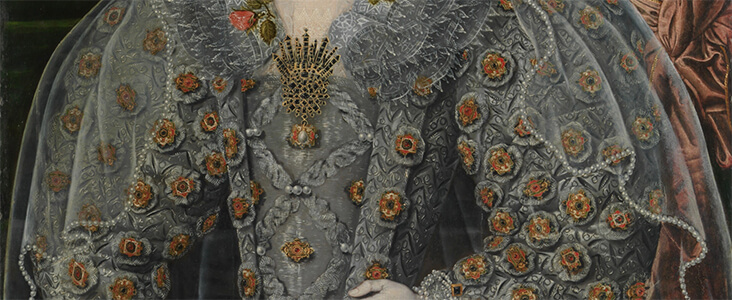
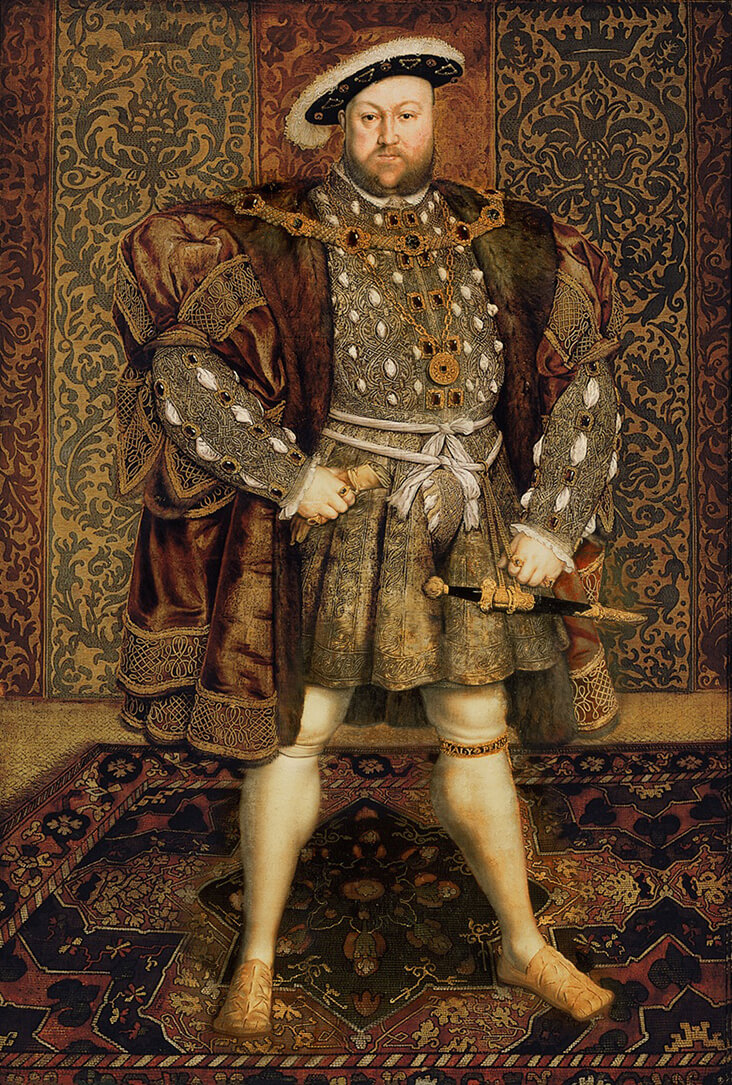
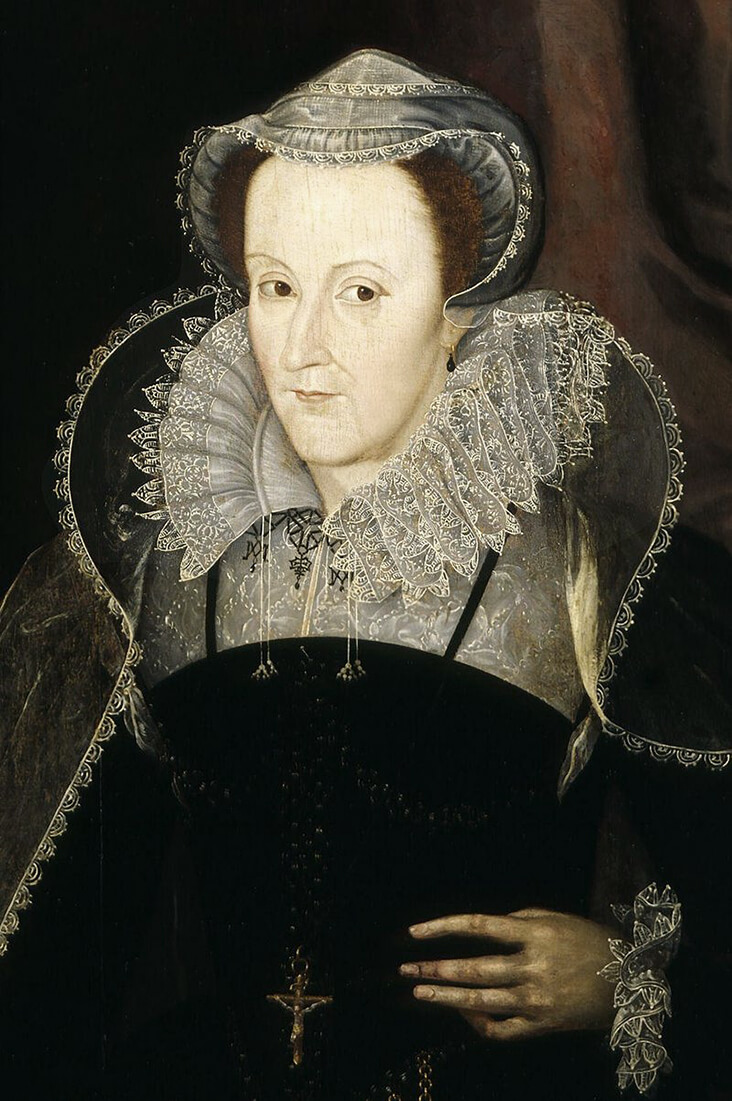
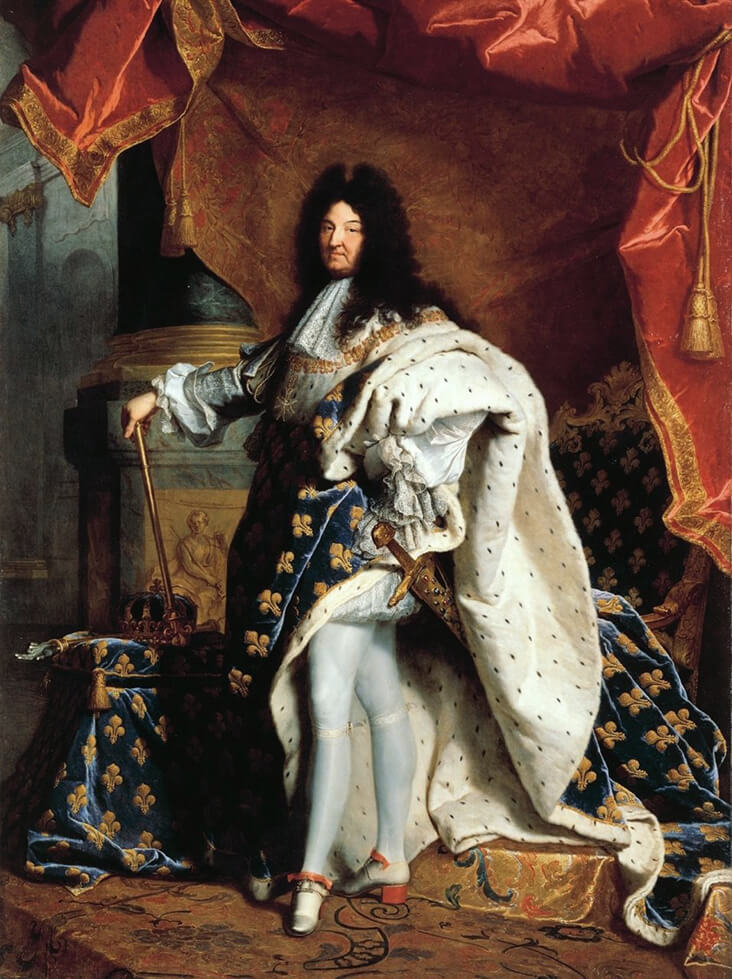
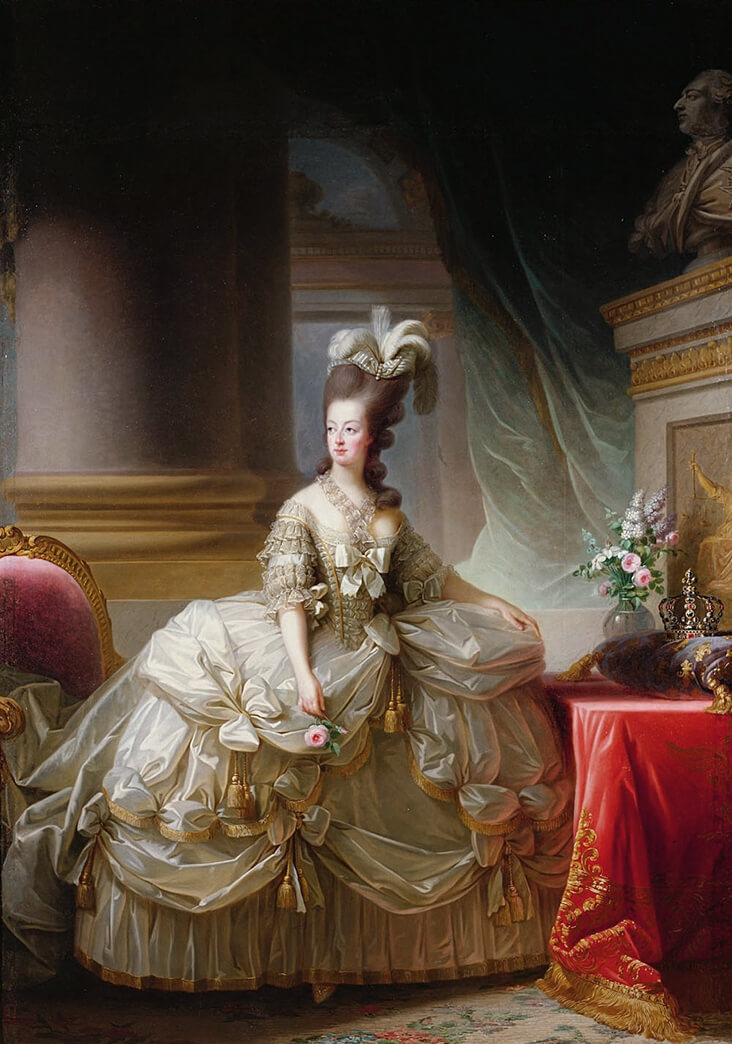

















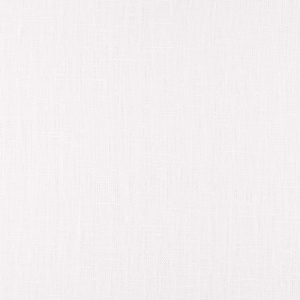




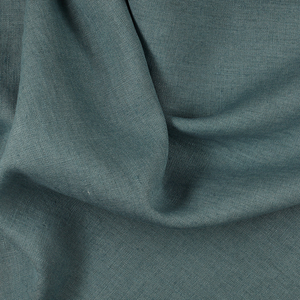


















2 Comments
Vicki Lang
Thank you for the wonderful article. I love the history of clothes.
Catherine Fagan
I do too!!! Excellent articles!